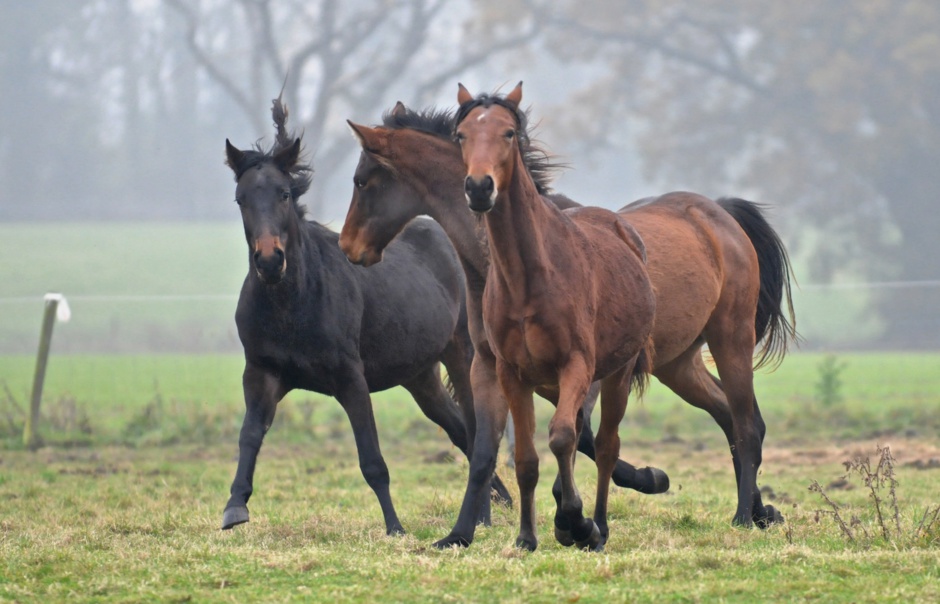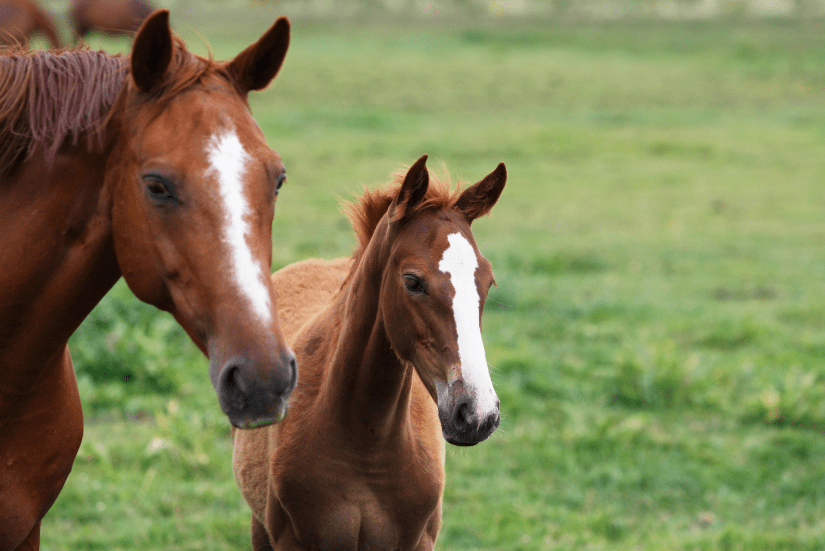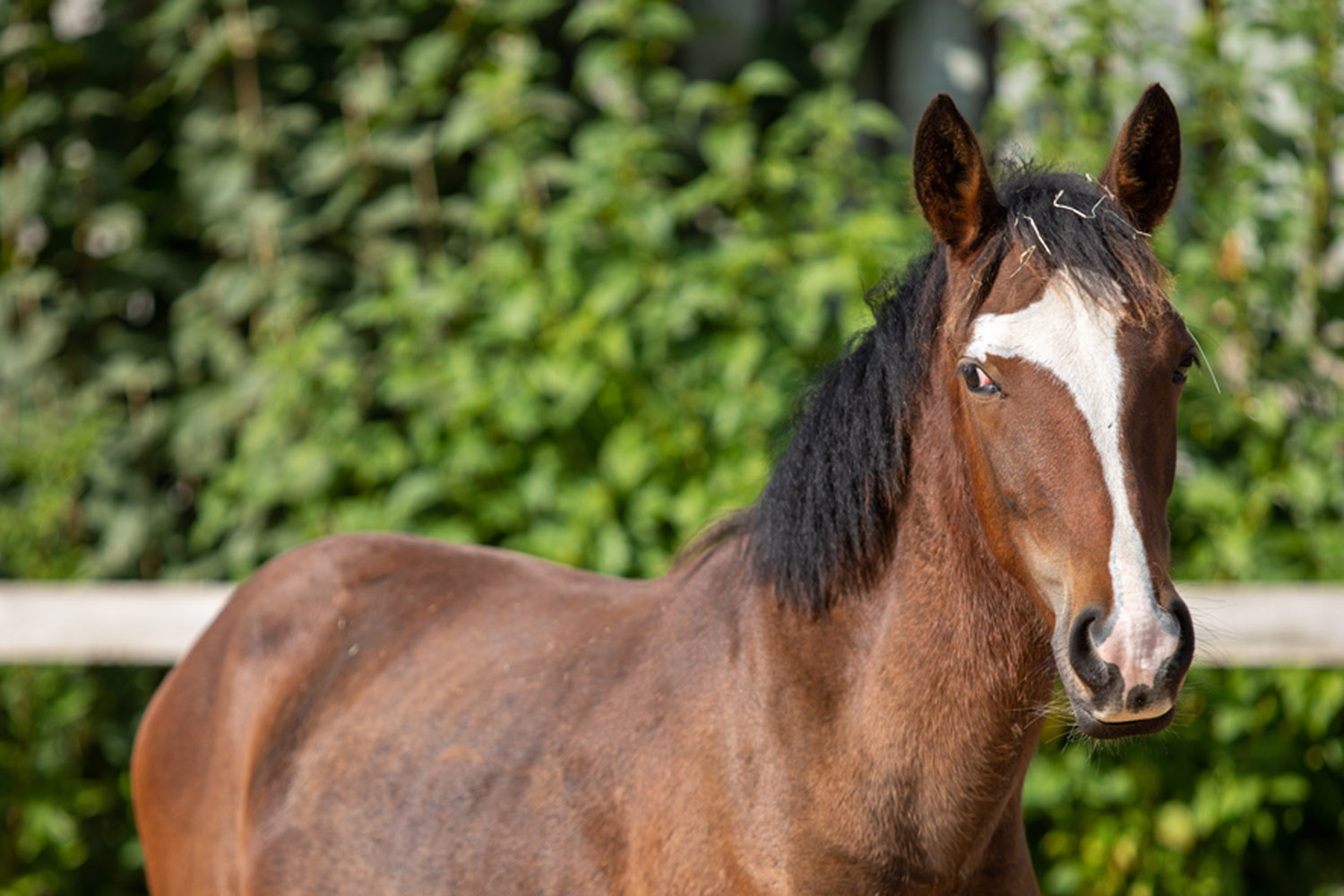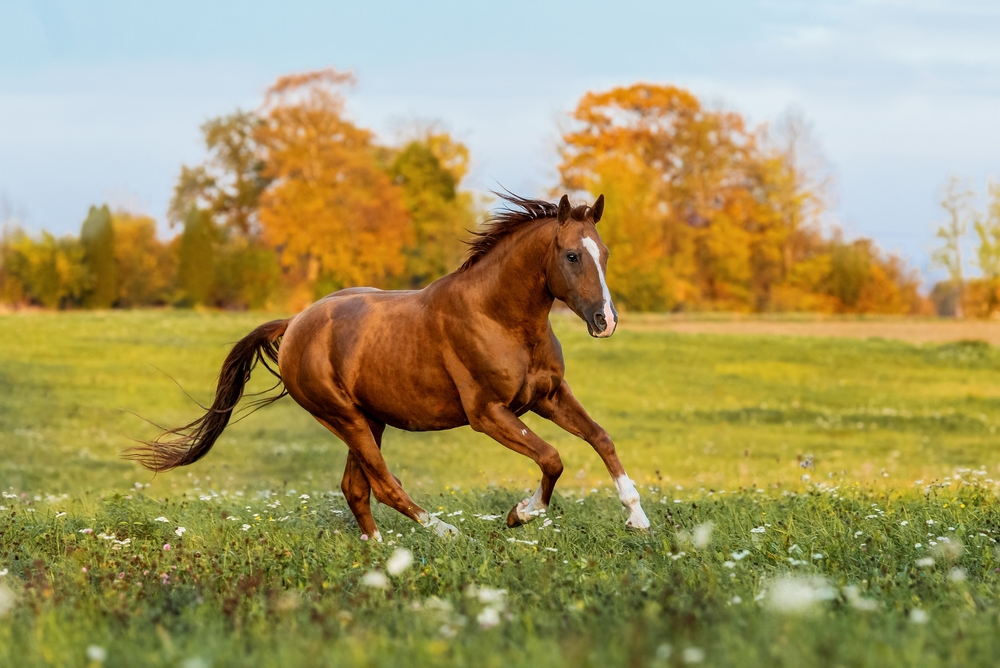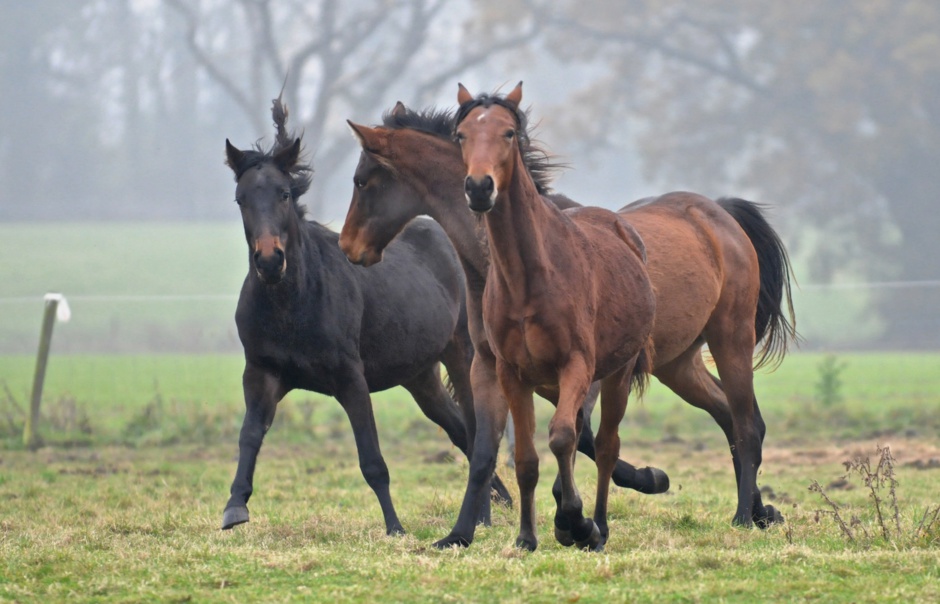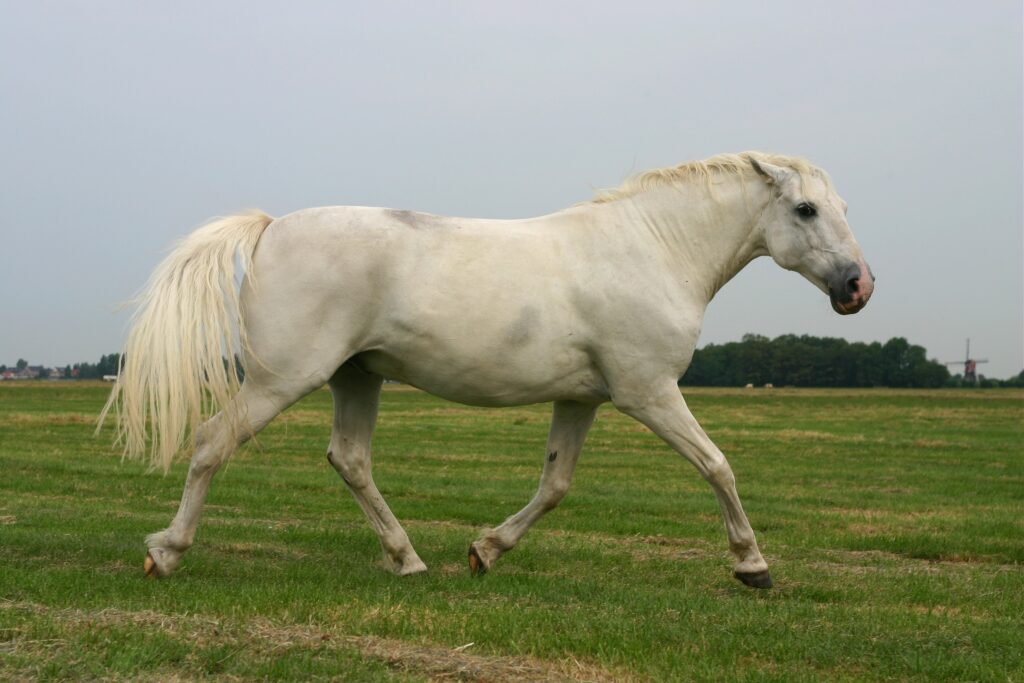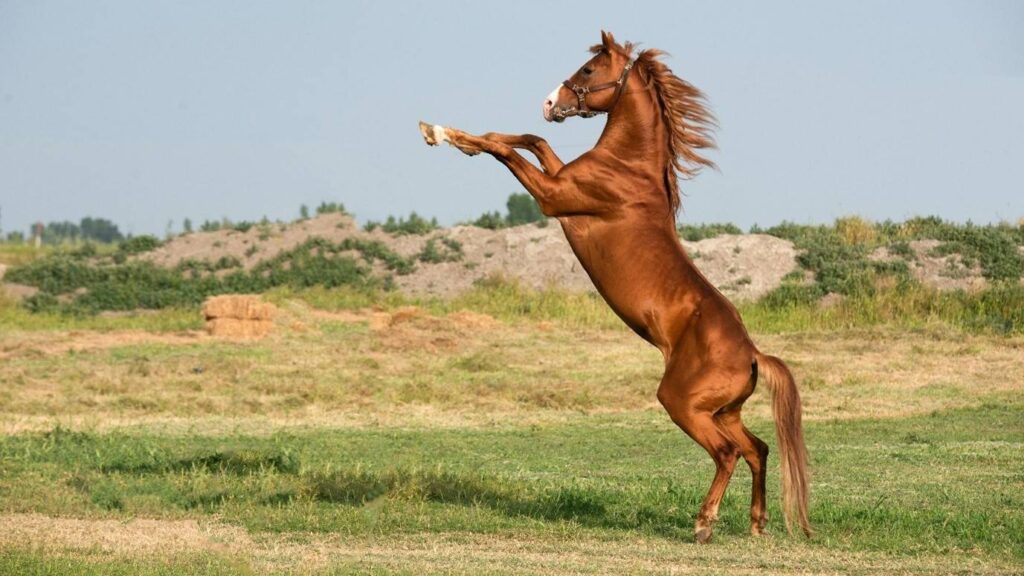If you’ve ever observed a horse closely, you may have noticed the animal’s tail swishing from side to side. This behavior, known as “tail swishing,” is not random or meaningless. It’s a form of communication that can reveal a lot about the horse’s emotional state and physical well-being. In this comprehensive guide, we’ll delve into the reasons why horses swish their tails and what each movement signifies.
Interpreting the Language of Tails
Horses use their tails as a means of communication, much like humans use facial expressions and body language. The direction, speed, and intensity of the tail swish can provide valuable insights into the horse’s state of mind and health.
Decoding Tail Swishes
Generally, a relaxed, gently swishing tail indicates a content and calm horse. However, vigorous swishing often signals irritation or discomfort. If the horse repeatedly swishes its tail and pins its ears back, it may be experiencing pain or fear.
Responding to Tail Swishing
Understanding the meaning behind tail swishing can help horse owners and handlers respond appropriately to their animals’ needs. If a horse is swishing its tail due to discomfort, it’s crucial to identify and address the cause. For more detailed information on horse behavior, you can visit this comprehensive guide on horse behavior.
In conclusion, tail swishing is a significant aspect of equine communication. By paying attention to this behavior, you can gain a deeper understanding of your horse’s emotions and needs. Remember to treat hooves gently and power your champion with the right nutrition for optimal health and performance.


